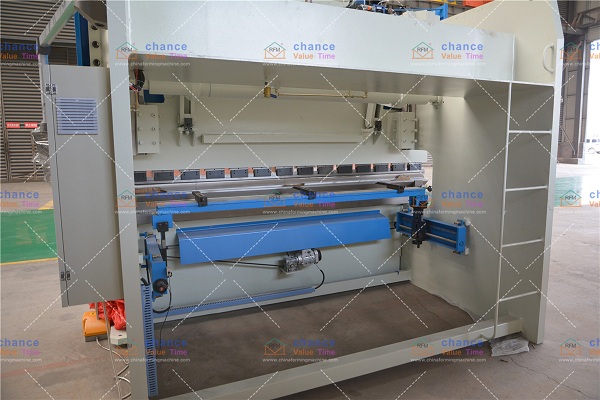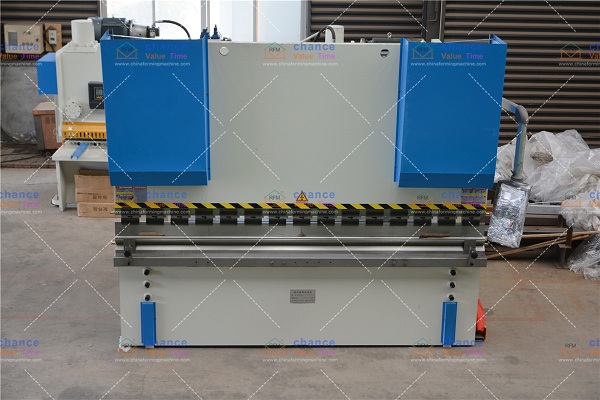Structural characteristics of the bending machine
Bending machine is one of the forging machinery, the main role is the metal processing industry. The products are widely used in: light industry, aviation, shipbuilding, metallurgy, instrumentation, electrical appliances, stainless steel products, steel structure construction and decoration industries. Bending machines are currently machinery for sheet metal processing of sheets, especially large sheets. With various different molds, it can be used for bending, stretching, rounding, punching and so on. Bending machines can be divided into mechanical and hydraulic types. Hydraulic bending machines can be divided into mechanical synchronization, torsion shaft synchronization, machine-hydraulic synchronization, and electro-hydraulic synchronization.
The structural characteristics of the bending machine:
1. All-steel welding structure is adopted, which has sufficient strength and rigidity;
2. Hydraulic upper transmission, the oil cylinders at both ends of the machine tool are placed on the slider to directly drive the sliding work;
3. The slider synchronization mechanism adopts torsion shaft to force synchronization;
4.the use of mechanical stop structure, stable and reliable;
5. the slider stroke can be adjusted quickly and manually, manually fine-tuned, and the counter displays;
6. Wedge-type deflection compensation mechanism to ensure high bending accuracy.








